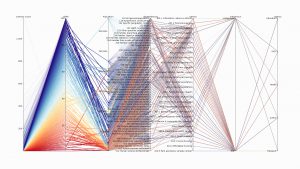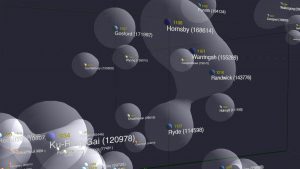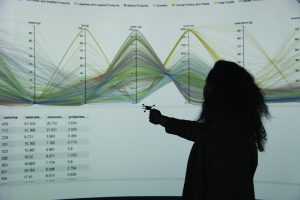
Bacteria Life Sciences
The Research Project
Role of The Data Arena
The goal of this research project was to improve understanding of how bacteria coordinate their activities as large populations of individual entities. The reason the researchers were interested in this behaviour is because bacteria tend to live as communities, not individually. By gaining a better understanding of these activities, the researchers hope to come up with better ways of preventing and treating infections.
Research has revealed that the rules bacteria use to coordinate their own multi-cellular behaviours are very similar to the rules that higher organisms use to coordinate group behaviours. This is important because many bacteria use this behaviour to be able to migrate across surfaces to actually spread infections.
If we can understand how the bacteria are coordinating their behaviours, maybe we can actually then impose our own will on the bacteria so that we can then stop that behaviour. This is really important because we’re entering a global crisis of antibiotic resistance, and it’s really imperative that we understand how bacteria cause infection, and by understanding the basics of how they do that, we may be able to come up with new ideas as to how to prevent and treat infections, either by creating new antibiotics, or preferably even by using non-antibiotic approaches.





